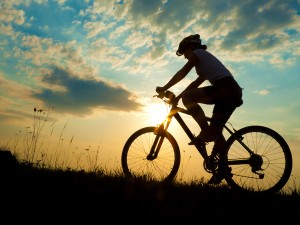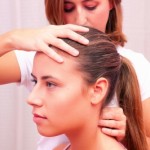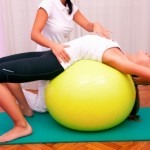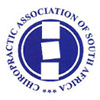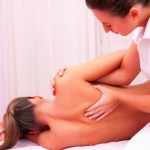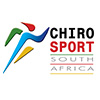Can losing the heart rate monitor lead to your best ride ever
“I left my heart rate monitor at home, and had one of my best rides”.
“I have put my Garmin in my back pocket and was surprised as to how well I had ridden, despite not having it”.
These comments seem to be more and more common among pedaling groups.
My firm belief, up until recently, has always been that heart rate is a vital part of exercise and improvement. That it is a great way to tell what sort of state one’s body is in. But these sorts of comments made me consider the alternative.
Initially, if my heart rate was relatively low but I was cycling hard, I’d know medically that my body was not in a healthy state, yet I’d brush it off calmly to “I have just not recovered enough”. And if my heart rate was higher than normal, I’d use the same excuse. But medically, I know that neither a high or low heart rate can be justified by solely low recovery, and I certainly can’t use the same reasoning for two very different health scenarios.
When I was diagnosed with asthma (the proper kind) my reasoning behind constantly watching my heart rate was now to monitor what sort of strain my lungs were putting on my heart. If my heart rate was too high I’d reason that it was my asthmas fault but yet again if it was too low I would reason that my lungs were not supporting the heart muscle with sufficient oxygen… you get the point
Before you know it you are staring at a million screens whilst you ride: your watch on one hand, your gps on another, and you’re running a million different scenarios in your head as to why you feel so tired.. and the list goes on. Cyclists who are fueled by passion and competitiveness often become fantastic researchers who know all about exercise physiology.
But at some point we have to be real with ourselves and see that what’s exhausting us: is all the body monitoring and over analysing. Isn’t the whole point of riding: to escape our overactive minds!! Sure we’re not thinking of work or day-to-day issues but all that body monitoring is a bit like an over powering mother who messages you every two seconds to ask where you are.
I took my heart rate monitor off about eight months ago, before then, it was basically molded to my arm, actually probably had some mold on it from some dodgy river crossing (the spruit). To be perfectly honest, I have loved my rides ever since. And I’m finally reading my body correctly. If I feel tired; I’m probably tired. If I’my chest starts wheezing then I use my trusty little pump. I have taken all the gadgets off and finally listen to what my body wants.
I’m by no means advocating that you all lose your monitoring devices, if they make you happy and keep you calm, use them. But don’t forget to ride your bike (and look up!). Unless you’re going to be pro, or win The Tour de France, try and have some fun.
My amazing mom worries about everything from the rock that in her mind launches itself onto me… to me having a massive asthma attack and dying… to possibly all the snakes in the grass. She also doesn’t think that losing my heart monitoring devices was smart. But bottom line is when my heart rate was low, I did not stop riding. And when my heart rate was high, did I not stop riding. So what’s the point of having one unless you listen to it…?
These gadgets are super helpful to the racing guys that are improving daily and need to keep up their power wattage and training. Also the GPS is helpful if you’re on self-navigation. Also knowing what sort of mileage you have done and still have to do, helps knowing when to push a bit harder and when to hold back a bit.
I was becoming obsessed with these stats and forgot to actually enjoy myself. I was more focused on trying to better my cadence and fitness than just being present. So the minute I down-sized, got rid of my heart rate monitor (I kept my distance “thingy”) I finally started reading my body better and actually rode faster. Maybe it’s the “don’t set yourself up to fail” view but I really found my motivation improved when I left the gadgets behind. So perhaps give it a go?

